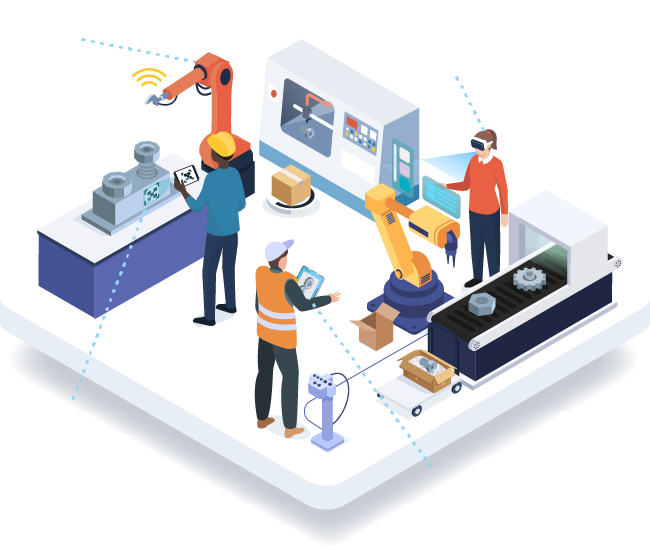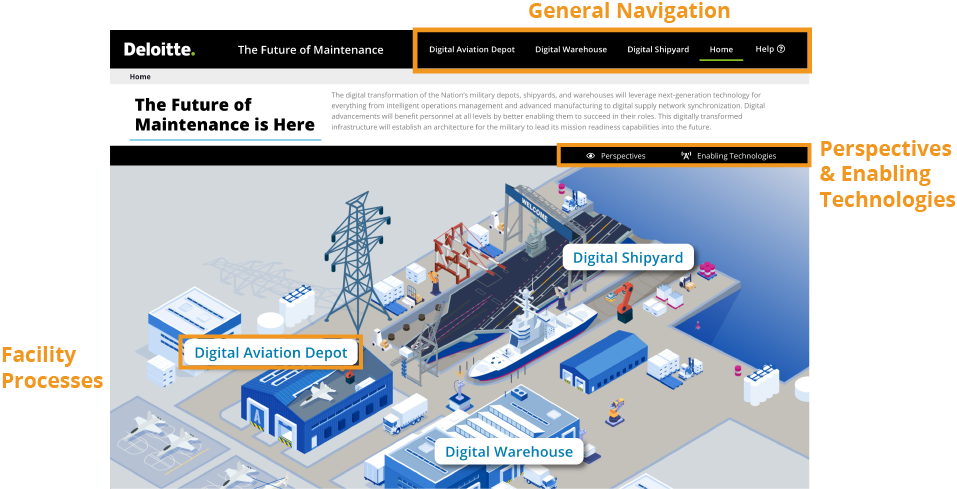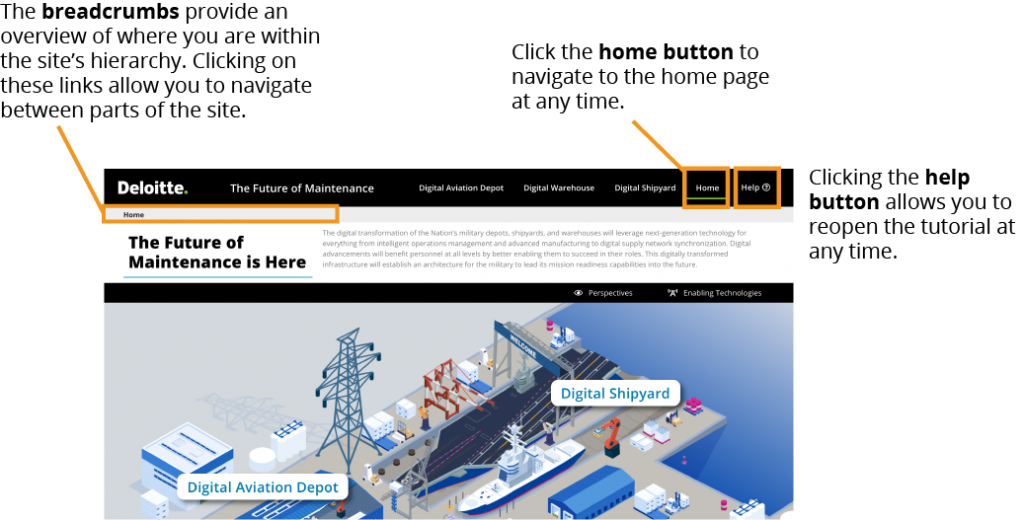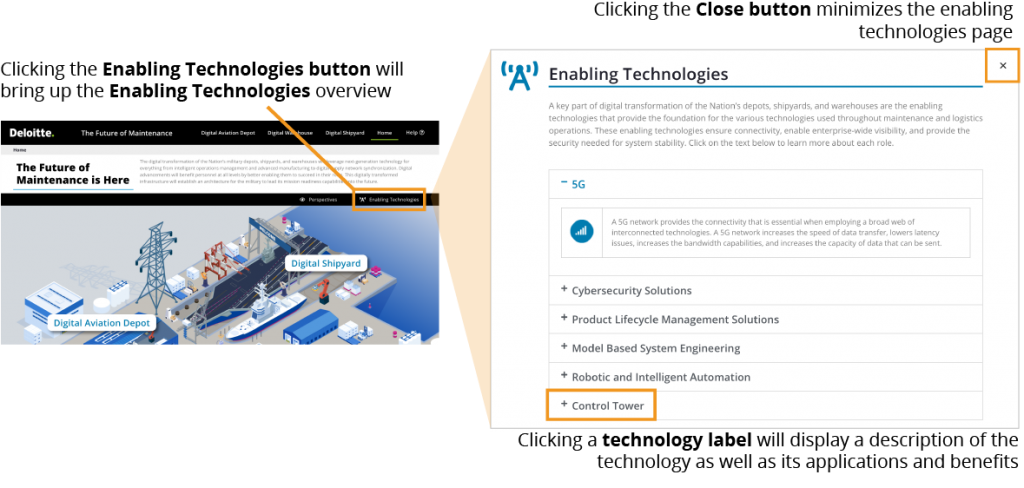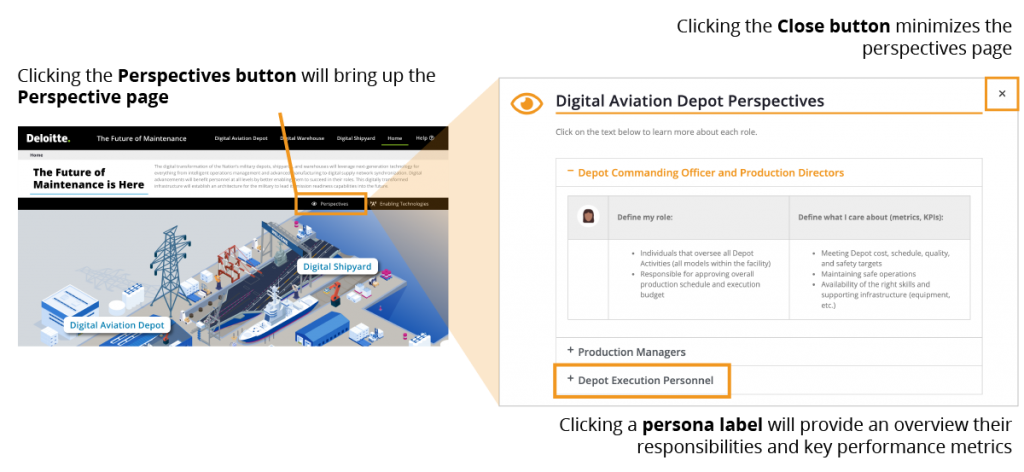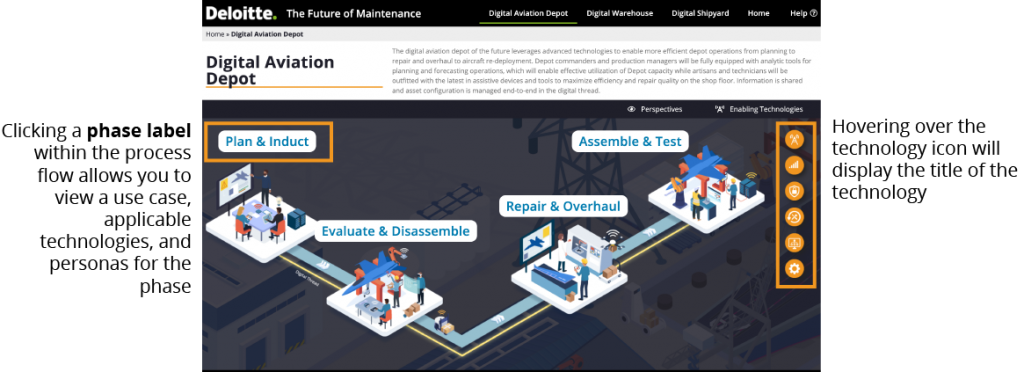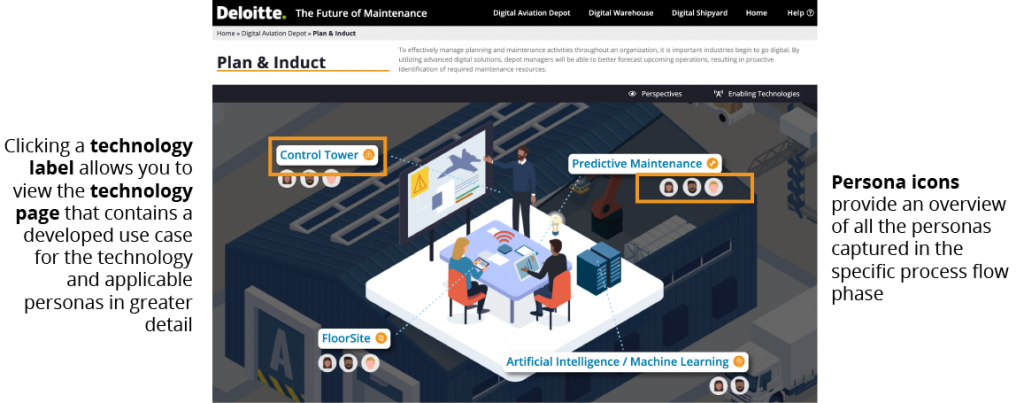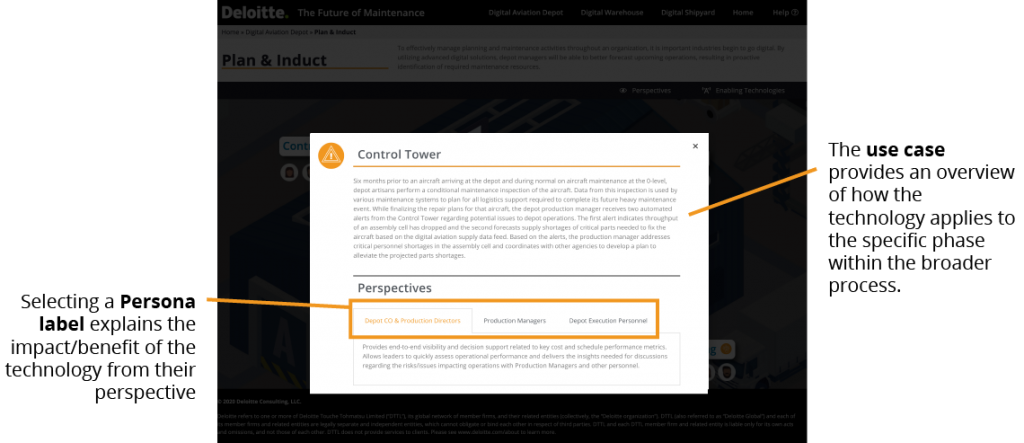Fabricate & Test
Engineers and artisans rapidly fabricate, assemble, inspect, and test repaired parts and subassemblies. In the digital shipyard, artisans
use historical data collected from the digital twin to ensure specifications are met before being delivered to the ship for final assembly. During this labor-intensive stage, the physical strength of cobots is used to augment the fine motor skills provided by the artisans
resulting in a higher quality end assembly.
